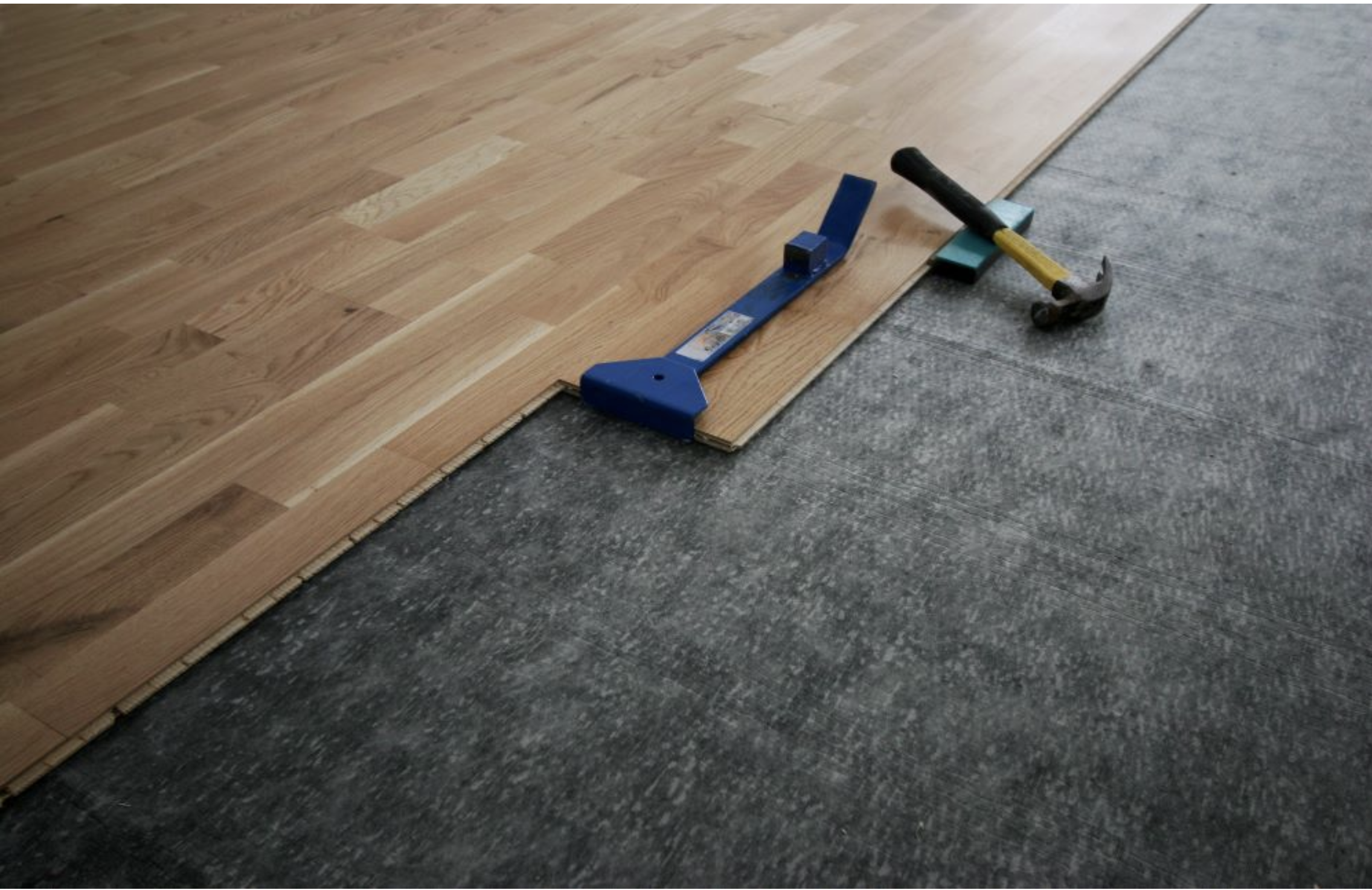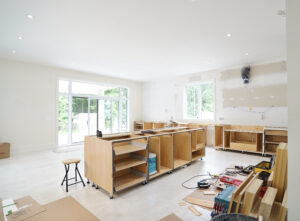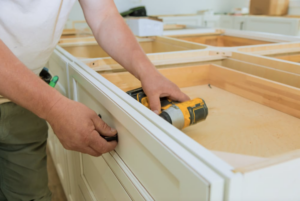The material under your floors can have a significant impact on how noise travels in your home and consequently on its comfort level. Naturally, it is easiest to make changes to the subfloor and fine-tune its sound isolation during renovations.
If you are planning renovations, here are some ways to improve the soundproofing of your floor during the work.
Add acoustic panels before installing a new floor
One of the most effective ways to improve a floor’s soundproofing is to place acoustic insulation panels on the ground before installing the new flooring over top.
When adding acoustic insulation, cut the panels to fit the room contour and leave gaps of about 5 mm at all edges. Then add a flexible material that will absorb shocks under the panels before nailing or screwing them in place.
Once the acoustic panels are in place, seal the edges with silicone or acoustic sealant along the 5 mm space you left. This will help to prevent noise and vibration from spreading from one material to another.
Place soundproofing insulation between the floor joists
In some buildings, the most practical solution can be to approach the problem from below. Soundproofing insulation material can be added under the subfloor between the floor joists. However, this solution is only possible if the floor joists are accessible, which is sometimes the case during renovations.
If you want to soundproof the ground floor and you have a suspended ceiling in the basement, you can temporarily remove the tiles from the floor to place the insulation between the joists.
Fill spaces under the floor to eliminate noise
Squeaky floors are common in older homes where floor components are deteriorating. These squeaks can occur when a gap is created between the surface floor and the subfloor or between the subfloor and the joists.
It is easier to eliminate floor squeaks from below if the joists and subfloor are accessible during home renovations. First have someone walk on the floor to locate the squeak. Once the sound source is located, inspect the area to identify the problem that is causing the noise. If there is a gap between the subfloor and joists, use a shingle and push it between the floor joist and the subfloor. Gently tap on the shingle to secure it and eliminate the gap that causes squeaking.
Ask for advice from flooring professionals
In conclusion, the method you choose to soundproof your floors will depend on your renovation project. If you change your flooring, you have the freedom to add soundproofing panels under it. Conversely, if you have access to the basement and joists because you are renovating your basement, you can improve your floor’s insulation from below.
Quoi qu’il en soit, si votre plancher est bruyant et que vous souhaitez régler la situation, vous pouvez aussi faire appel à l’équipe de Plancher Metropole. Avec 40 ans d’expérience en pose de plancher, elle est une référence en la matière dans le Grand Montréal.
In any case, if your floor is noisy and you want to fix the problem, you can also contact the team at Plancher Metropole. With 40 years of experience in flooring installation, we are leading professionals in the Greater Montreal area.




